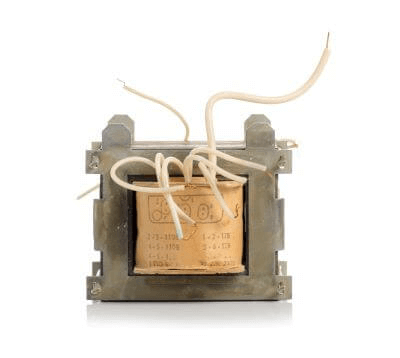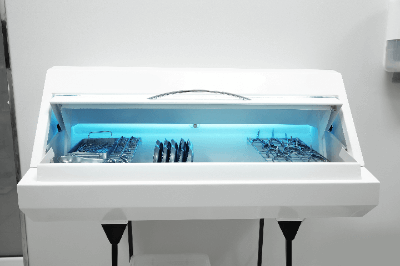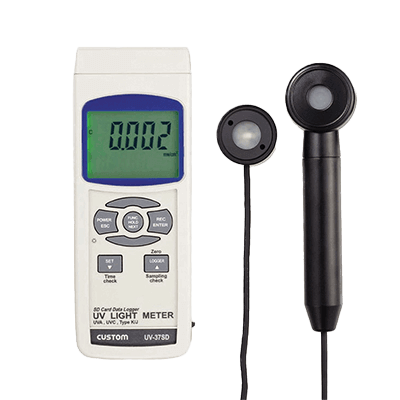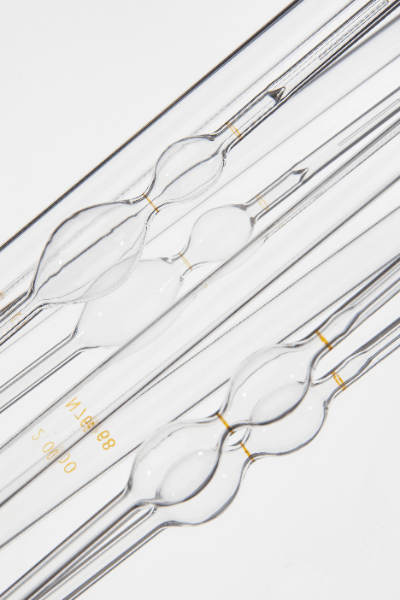What Is Precision Machining?
Precision machining is not defined in any particular way, but it can be defined as machining that is more precise than cutting and drilling with ordinary machine tools.
When machining materials, the term “tolerance” refers to the inevitable errors that occur during the machining process. Precision machining can be defined as machining with a tolerance of a few microns to a few dozen microns.
Precision machining is not only applied to a wide range of metal materials but also ceramics and resins, making it an indispensable technology in today’s industry.
Uses of Precision Machining
Precision machining is used to produce parts for precision instruments.
One of the most demanding industries for precision machining is the aerospace industry, which manufactures rockets and other components.
Rockets, satellites, and space stations have complex mechanisms, and even the slightest deviation in dimensions can affect their overall operation.
Precision machining is also indispensable in the manufacture of robots and medical devices that require precise movements.
Principle of Precision Machining
Precision machining is not a single type of machine tool, but rather a variety of machines used to process materials into various shapes.
In recent years, even traditional machine tools such as lathe turning and milling have become capable of achieving extremely high precision. Other relatively new technologies, such as wire electrical discharge machining using wire electrical discharge machines, which melt materials by discharging wires, can produce very complex shapes with high precision.
Precision machining begins with the design of the part. This design is done using 3D CAD. The designed part shape is loaded into the machine tool and the machine will machine the part according to the dimensions of the part, rather than having a human operator manually machine the part. This is called computer-aided manufacturing, or CAM, and is currently the mainstream manufacturing method.
Because the design is linked to the various machine tools, the result is a precision machined part that is very close to the designed dimensions.
After machining is completed, surface treatment and other finishing processes are required. After machining, burrs and other such defects, which are thin layers of material sticking to the edges of the cut surface, are removed, and polished. If necessary, further fine-tuning is performed to bring the product closer to the designed dimensions.
Types of Precision Machining
Precision machining refers to high-precision removal machining since the precision of forming is lower than that of removal machining.
There are various types of removal processing, including “cutting,” “grinding,” “polishing,” “electrical discharge machining,” and “cutting.”
Among these, cutting, grinding, and electrical discharge machining are those capable of precision machining. Grinding is positioned as a process to produce surface roughness.
1. Cutting
The types of cutting include “milling,” “turning,” and “drilling.”
In cutting, the selection of the cutting tool, coolant, and machining volume must be strictly controlled to achieve high-precision machining. This is due to residual stress and temperature rise during material removal, which leads to deformation after machining.
2. Grinding Process
Grinding is easy to perform high-precision machining because the amount of work is very small and a large amount of coolant is used, resulting in a smaller temperature rise and less residual stress. However, because grinding is performed as if the surface is stroked with a grinding wheel, there are some restrictions on the shape of the workpiece. For example, the corners of a square hole cannot be machined.
3. Electric Discharge Machining
There are three types of EDM: “Die engraving EDM,” which digs into the material in the opposite shape of the electrode; “wire EDM,” which performs contouring; and “small hole EDM,” which creates a small hole by melting and removing the electrode, requiring an EDM machine that is suitable for each processing method.
EDM is a process in which electricity is passed through a thin electrode, causing an electrical discharge between the material and the electrode to remove the material, and the thinner the electrode, the higher the machining accuracy. The thinner the electrode, the slower the processing speed. Today, it is possible to manufacture parts that can be fitted together so precisely that no seams can be seen.
Electrical discharge machining is characterized by its ability to perform more delicate machining than cutting and its ability to process hard materials. Also, since the material is submerged in the machining fluid, heat-induced mutations are less likely to occur, and even materials with complex shapes or thin sheets that are prone to distortion can be machined precisely.
Precision Machining Accuracy
Machining accuracy does not simply depend on the accuracy of the machine, but also on various conditions such as material, machining method, fixing method, temperature, and so on.
For example, when machining two holes on different surfaces, if the first hole is machined, the direction of the material is changed, and the second hole is machined again, the distance between the two holes is the sum of the accuracy of the machine’s movement and the repeatability of the material fixation.
Also, some machining centers can detect a reference (surface, hole, etc.) and machine by the relative distance from the reference, but in such cases, the measurement accuracy of the reference detection is also added.
In this way, the more processes are involved in machining accuracy, the more the error will accumulate. For example, use a machining center equipped with ATC and perform most of the machining in a single chuck.
Furthermore, since the condition of the tool cannot be ignored, various methods are used to improve accuracy, such as measuring the tool’s installation length, outside diameter, runout, etc., and applying compensation.
Currently, high-precision machining is generally limited to an error of a few microns, but sub-micron accuracy is now possible for some products.

 The ultraviolet (UV) sterilizer is a type of
The ultraviolet (UV) sterilizer is a type of 
 A viscometer is a
A viscometer is a